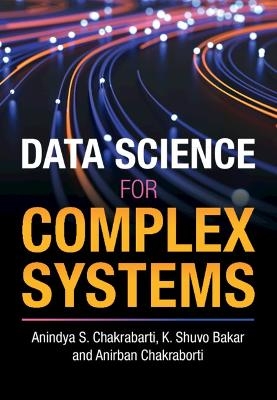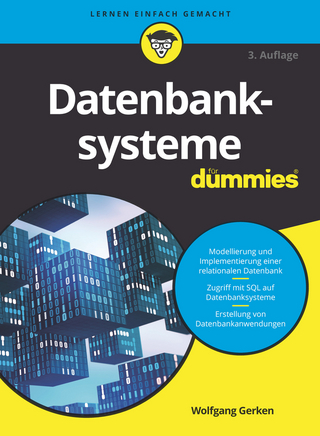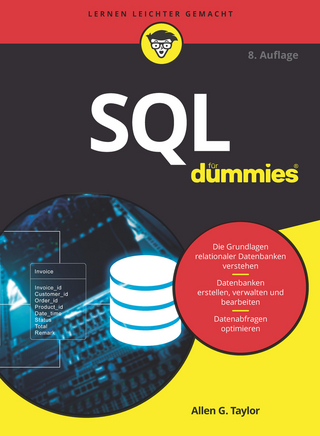
Data Science for Complex Systems
Cambridge University Press (Verlag)
978-1-108-84479-6 (ISBN)
Many real-life systems are dynamic, evolving, and intertwined. Examples of such systems displaying 'complexity', can be found in a wide variety of contexts ranging from economics to biology, to the environmental and physical sciences. The study of complex systems involves analysis and interpretation of vast quantities of data, which necessitates the application of many classical and modern tools and techniques from statistics, network science, machine learning, and agent-based modelling. Drawing from the latest research, this self-contained and pedagogical text describes some of the most important and widely used methods, emphasising both empirical and theoretical approaches. More broadly, this book provides an accessible guide to a data-driven toolkit for scientists, engineers, and social scientists who require effective analysis of large quantities of data, whether that be related to social networks, financial markets, economies or other types of complex systems.
Anindya S. Chakrabarti is an Associate Professor of Economics and UTI Chair of Macroeconomics at the Indian Institute of Management Ahmedabad. His main research interests are macroeconomics, big data in economics, time series econometrics, network theory and complex systems. K. Shuvo Bakar is Senior Lecturer at the University of Sydney. His research interests are Bayesian modelling and computation to reduce uncertainty in inferential statements. He works on statistical machine learning methods and applications to real-life data-driven problems. Anirban Chakraborti is Dean of Research at the School of Engineering and Technology at BML Munjal University, India. His main research interests lie in the areas of econophysics, data science, quantum physics and nanomaterial science.
Preface; Part I. Introduction: 1. Facets of complex systems; Part II. Heterogeneity and Dependence: 2. Quantifying heterogeneity: Classical and Bayesian statistics; 3. Statistical analyses of time-varying phenomena; Part III. Patterns and Interlinkages: 4. Pattern recognition in complex systems: machine learning; 5. Interlinkages and heterogeneity: network theory. Part IV. Emergence: from Micros to Macro: 6. Interaction and emergence: agent-based models; 7. Epilogue; References; Index.
| Erscheinungsdatum | 16.05.2023 |
|---|---|
| Zusatzinfo | Worked examples or Exercises |
| Verlagsort | Cambridge |
| Sprache | englisch |
| Maße | 176 x 251 mm |
| Gewicht | 700 g |
| Themenwelt | Mathematik / Informatik ► Informatik ► Datenbanken |
| Naturwissenschaften ► Physik / Astronomie ► Thermodynamik | |
| ISBN-10 | 1-108-84479-0 / 1108844790 |
| ISBN-13 | 978-1-108-84479-6 / 9781108844796 |
| Zustand | Neuware |
| Informationen gemäß Produktsicherheitsverordnung (GPSR) | |
| Haben Sie eine Frage zum Produkt? |
aus dem Bereich


